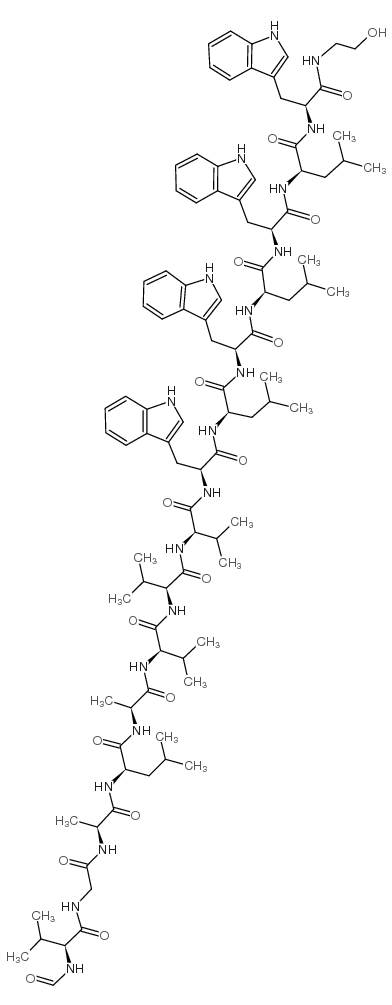| 结构式 | 名称/CAS号 | 全部文献 |
|---|---|---|
 |
短杆菌肽
CAS:1405-97-6 |
|
 |
甲胎蛋白
CAS:11029-61-1 |
| 结构式 | 名称/CAS号 | 全部文献 |
|---|---|---|
 |
短杆菌肽
CAS:1405-97-6 |
|
 |
甲胎蛋白
CAS:11029-61-1 |